This content is associated with The Open University's BSc (Honours) Natural Sciences (Earth Sciences) qualification.
For an interactive experience, try our Geology Toolkit.
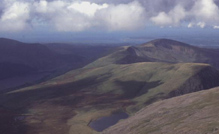
Depending on where you live in the UK, the rocks beneath your feet will be quite different. They formed at different times and in very different environments.
It is not always easy to work out what the rocks in an area are made of because they are often covered by soil and vegetation, but below the surface in every landscape there are rocks.
In mountainous regions such as Scotland, Wales and the North of England, the rock is usually exposed at the surface, and the mountains will show evidence of glaciation. In the south of England, however, much of the rock is covered by boulder clay and other soils that have been deposited by glaciers.
Good places to look at the geology of your area are road cuttings and local quarries. If you live near the sea, look along the cliffs. Your local church or other old buildings could also provide clues, as they may be made of local stone.
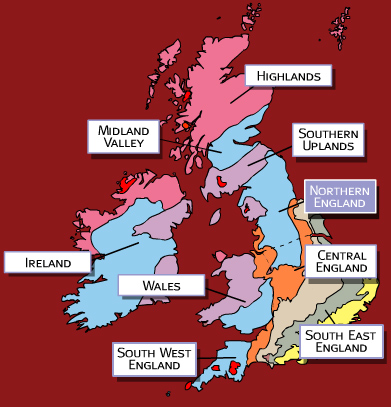

This map isn't an exhaustive depiction of the UK's geological make-up, but shows the location of the regions listed below.
Choose a region:
Highlands
Midland Valley
Southern Uplands
North England
Central England
South East England
South West England
Wales
Ireland
Highlands
The Scottish Highlands have spectacular mountains made of old igneous and metamorphic rocks. The oldest rocks are gneiss in the Outer Hebrides and the extreme north west of Scotland.
The youngest rocks are 50 million year old basalt lavas on the islands of Skye and Mull. Around the Moray Firth there is a lot of Old Red Sandstone which is Devonian in age and was laid down in a desert environment. This is often used as building stone.
Midland Valley
The rocks of the Midland Valley are mainly Old Red Sandstone which is Devonian in age and was laid down in a desert environment, together with Carboniferous age sediments such as sandstone, limestone and coal measures.
There are also some Carboniferous age volcanic rocks such as the basalt lavas at Salisbury Crags and Arthur’s Seat in Edinburgh.
Southern Uplands
The Southern Upland region of Scotland has rocks which are mostly metamorphosed siltstones and mudstones which are folded and faulted.
North England
The Pennines in North England are made up of limestones, mudstones, siltstones and sandstones which are Carboniferous in age. In the Lake District there are older volcanic and metamorphic rocks, and in the Cleveland Hills there are younger sediments, which are sandstones and shales of Jurassic age.
Central England
In central England the rocks generally get younger from west to east. In the west the rocks are mostly sandstones mainly of Permian and Triassic age.
In the east are clays and limestones of Jurassic and Cretaceous age, finishing up with upper Cretaceous age chalk on the coast.
The Peak District to the north is largely made of Carboniferous limestone and sandstone. Millstone Grit is a well known rock type from the Peak District. There are also coal measures which used to be mined for coal in Nottinghamshire and South Yorkshire.
South East England
The south east of England is a region in which the rocks have been gently folded. The youngest rocks are in the Thames Valley and Southern Hampshire, these are Tertiary age shallow water sandstones and mudstones.
With the exception of some spectacularly tilted and folded limestones and shales of Jurassic age in Dorset, the oldest rocks are in the Weald of Sussex and Southern Kent. These are Cretaceous sandstones and mudstones.
In between these areas is Cretaceous age ‘chalk’ which forms the Chilterns and the North and South Downs. Where the North Downs meet the sea they form the impressive White Cliffs of Dover, and where the South Downs meet the sea is the equally spectacular Beachy Head.
South West England
The rocks of south west England are mainly strongly deformed Old Red Sandstone of Devonian age, together with Carboniferous sandstones and siltstones.
The moors, such as Bodmin and Dartmoor are formed where granite intruded these younger rocks. The granite can be seen as granite tors out on the moors. Granite also forms the spectacular coast around Lands End. The Lizard Peninsula in Cornwall is something special. The rocks here are metamorphic serpentine, gabbro, schist and gneiss, which were pushed up from the ocean floor.
Wales
The oldest rocks in Wales are in the extreme north west on Anglesey and on the Lleyn peninsula. These are rocks which are Precambrian in age and include lavas, gneiss and quartzite.
In north Wales are the volcanic rocks of Snowdonia, and slates of Ordovician and Silurian age. In south east Wales, Devonian age Old Red Sandstone forms the Brecon Beacons.
The Carboniferous age rocks of the south Wales coal fields are geologically slightly younger than the sandstone.
Ireland
The north and north west coast of Ireland from Antrim round to Connemara is mostly metamorphic rocks and granite, similar to the rocks of the central highlands of Scotland, except where they are covered by 50 million year basalt lavas which stretch from Belfast to the Giant's Causeway.
The region around County Down is composed of Ordovician and Silurian aged rocks. These are mostly metamorphosed siltstones and mudstones which are faulted and folded.
The Wicklow Mountains are slates of Ordovician and Silurian age which are folded and faulted and similar to those in Wales. Most of the rest of Ireland, including the centre and south west is largely limestone and sandstone of Carboniferous and Devonian age. These become more strongly buckled and folded towards the south.
- For a richer experience, you can explore with our interactive Geology Toolkit.
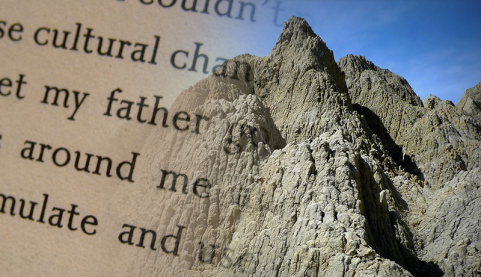
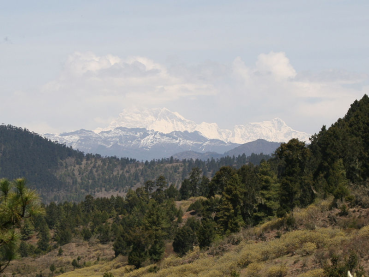
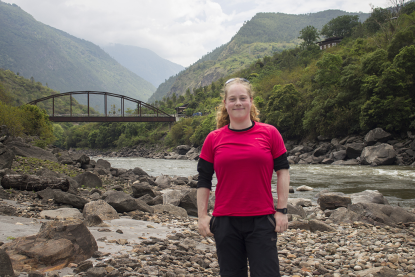

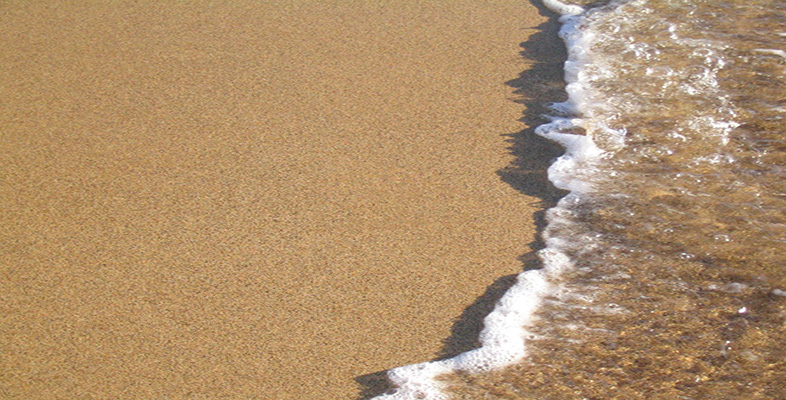
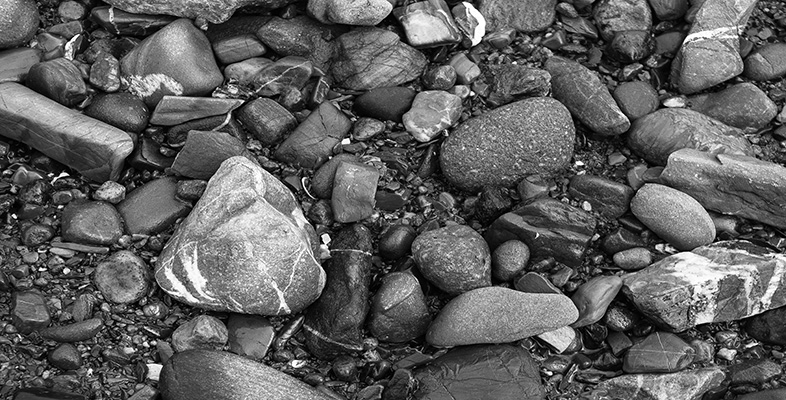
Rate and Review
Rate this article
Review this article
Log into OpenLearn to leave reviews and join in the conversation.
Article reviews